Feeding Your Fish by Catching Your Own Food. Yes, you can catch or raise your own aquarium live food with a minimum of trouble. Once you know what to look for and where to look, it becomes quite interesting! Water fleas or daphnia can be skimmed from the surface of ponds or lakes, since they feed on miniature floating particles they can also be used as a living filter in your aquarium!
A small group of daphnia can clean the murky water of an aquarium of floating algae within a few hours. Water fleas are also highly underrated as a nutritional source for fish; at least fresh water fleas are because they have particles of vegetable in their digestive systems that are quite valuable to fish. However, putting too many water fleas in a tank can cause the death of quite a few, as they need and consume large amounts of oxygen. With additional aeration and a cool place, fleas can be kept for several days. Be aware that their nutritional value decreases the longer they are kept.
Copepods can be caught during most seasons including the winter. They may be found under the ice of frozen ponds and lakes. The nauplii or larvae are excellent for raising young fish. However, if they are put into an aquarium in larger amounts than can be quickly eaten, they may outgrow the young fish and begin to feed on them.
Brine shrimp are the most important of the living foods, especially if you choose to breed fish. Hatching the commercially available eggs is accomplished without much trouble. The eggs are hatched in salt water (using 15-20 grams iodine free salt tablets per liter of water) and consume food you can purchase in a pet store. Follow the feeding instructions for Artemia (shrimp food) and only feed once the water is clear. There are several other types of food that you can collect yourself, and you can get the information you need from any good aquarium book.
Feeding Your Fish Dry Food or Meats?
Fish quickly become accustomed to one type of food, and it can be difficult to introduce something new to them. There are several types of dry food available and the decision is totally yours. Most aquarists use dry food because it is convenient and according to the fish it is quite good! The all-around food is flakes and most aquarium fish can eat this type of food. Manufactured with different animal and plant substances, trace elements, and vitamins, flake food is an all-around food able to meet all the requirements in most aquarium tanks. Flake food should not turn the water cloudy or fall into small bits too easily.
Pellets are suitable for larger fish that are not satisfied by flake food. They can swallow the pellets in one gulp; whereas, smaller fish like to nibble on littler pieces that come off the pellets. Freeze-dried food is made of tubifex, brine shrimp, or mosquito larvae. All of these are animals that have had the moisture removed by freeze drying. With this process their nutrients and flavor are completely preserved. Due to the method of development, this type of fish food is not cheap; however, it can be stored for a nearly unlimited period of time.
There are many theories about the various kinds of dried foods and their suitability for use with different types of fish. Some believe that the male beta cannot eat flake food due to the positioning of their mouth on top of their head. You will need to wade through these beliefs and make the decisions yourself. Large fish like to have a little fresh meat once in a while so lean meat can be given on occasion with certain restrictions. The best choice for this is a beef heart cut into strips or lean boiled ham. Fish meat is also excellent as it is very digestible; however, feeding only meat will create deficiencies in your fish that can be avoided by a diet of dry food.
Feeding Your Fish Frozen or Live Foods?
Several breeds of fish will only eat live food, but the availability of live food can be limited at certain times of the year. In this instance, you will need to stock up on frozen live food. To accomplish this, live food is frozen in a minimum of water at a very low temperature. This fast freezes the food while maintaining the high quality of the food.
There are many types of frozen foods available and they can be stored for months in the freezer. Frozen foods must be completely thawed before feeding or you could have problems with inflammation of the intestines or other health problems with your fish.
Most fish are suited to eat only dry food all of their lives and may have been bred on a diet of dry food. With the majority of fish, an occasional treat of live food or even frozen live food is another means of assuring greater health. Some fish depend only on live food as it is the movement of the food that causes them to grab at the food in the first place.
Mealworms, crickets, and even insect larvae are appropriate for larger fish, and in some instances you can use earthworms and waxmoth larvae. As with any type of feeding, only put in enough food for the fish to devour within five minutes. Any food left after five minutes should be removed from the tank.
When feeding live food unplug the filter, especially when feeding daphnia (water fleas) as they are easily drawn into the filter. If possible, it is best for us to collect live food for our aquariums ourselves. Because water fleas, or daphnia, can clear a cloudy aquarium within a few hours of floating algae, they may be used as a living filter.

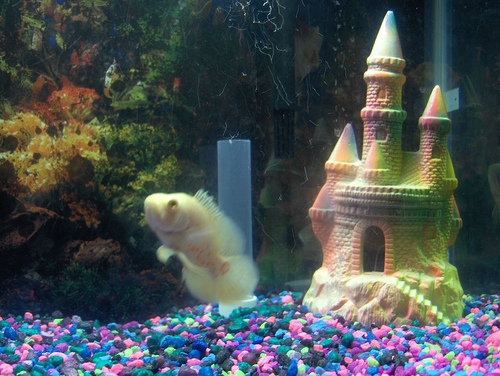 How to Make a Salt Water Fish Tank
How to Make a Salt Water Fish Tank
How
How to Make a Salt Water Fish Tank
How to Make a Salt Water Fish Tank
How
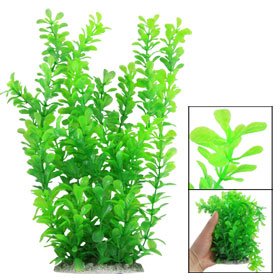 Aquarium Plants for Beginners
It is easy to see why so man
Aquarium Plants for Beginners
It is easy to see why so man
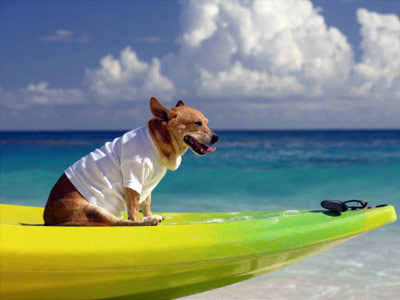 Facets To Consider When Choosing A Cruise Rental
Sbiten is made at different ways, together non-alcoholic a
Facets To Consider When Choosing A Cruise Rental
Sbiten is made at different ways, together non-alcoholic a
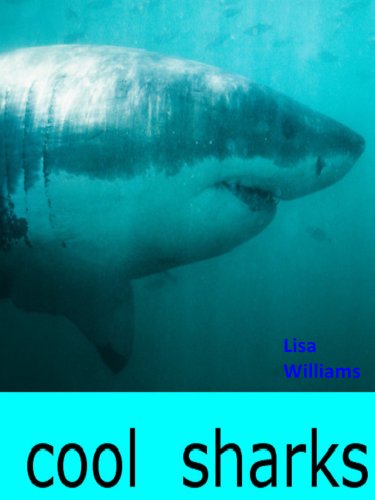 Why are there so Many More Shark Attacks?
In 2004 16 year old, J.P And
Why are there so Many More Shark Attacks?
In 2004 16 year old, J.P And
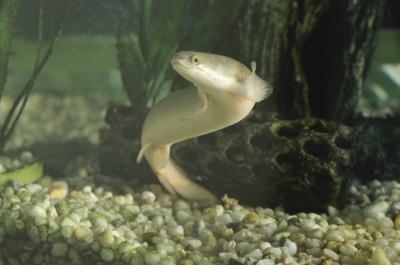 How to Clean a Small Fish Tank
How to Clean a Small Fish Tank
How to
How to Clean a Small Fish Tank
How to Clean a Small Fish Tank
How to